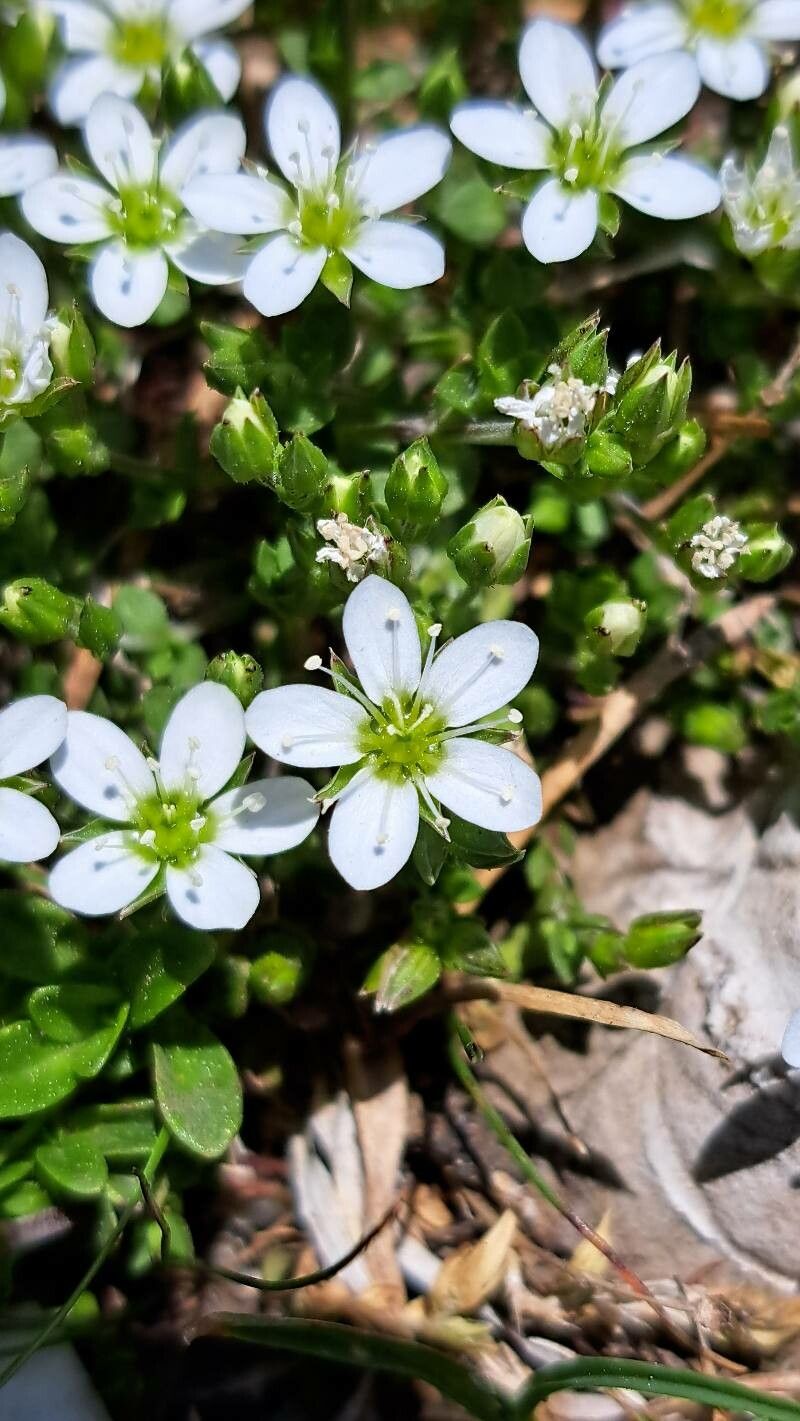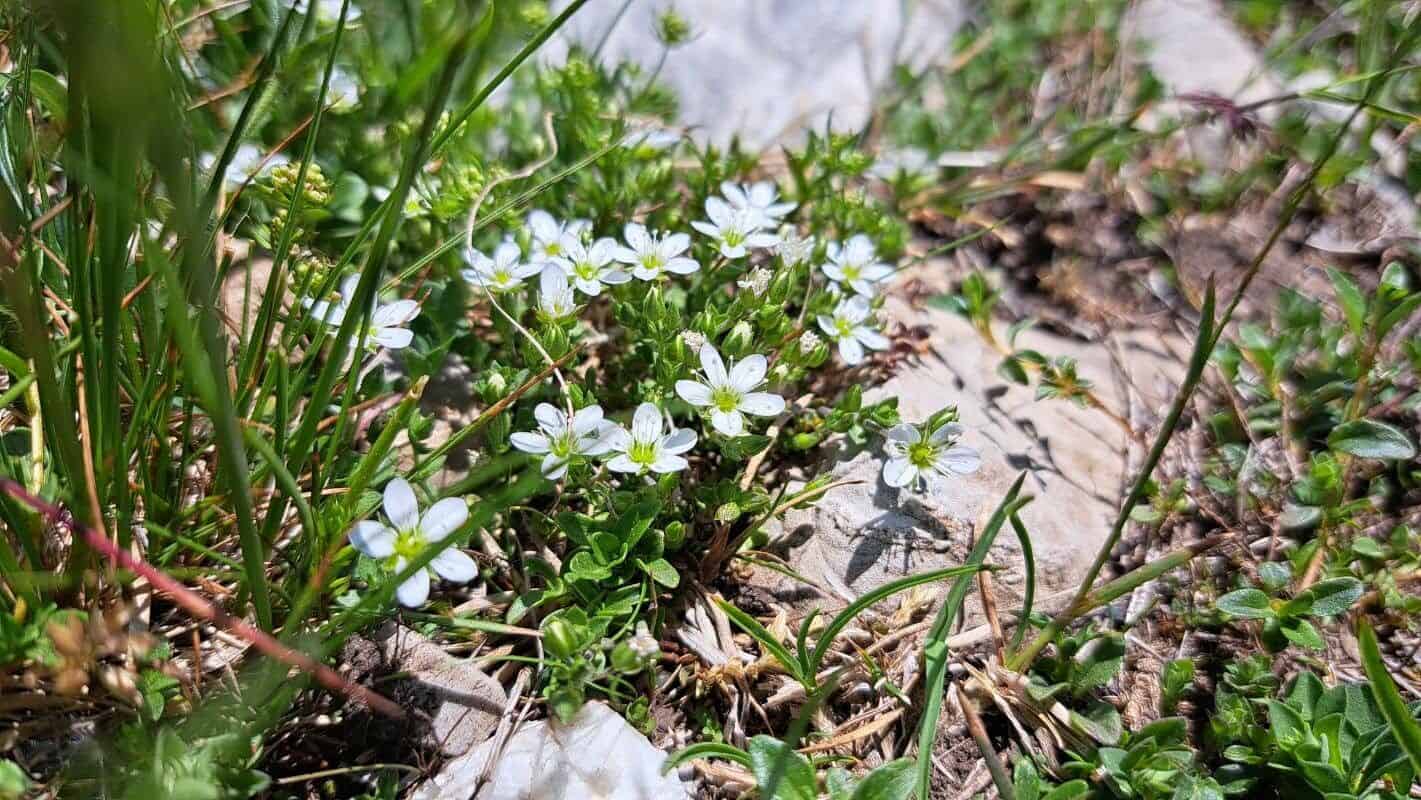Propagating Arenaria gothica: A Gardener’s Challenge and Reward
Arenaria gothica, commonly known as Gothic sandwort, is a captivating alpine plant prized for its delicate, needle-like foliage and charming, small white flowers. Its compact habit and tolerance of dry conditions make it a sought-after addition to rock gardens, alpine troughs, and other xeric landscapes. Its popularity among gardeners, however, is somewhat tempered by the challenges associated with its propagation. This article explores various methods for propagating this intriguing species.
Seed Germination:
Currently, there are no known reliable methods for seed germination propagation of Arenaria gothica. While seeds may be produced, germination rates are exceptionally low, even under highly controlled conditions. The specific factors inhibiting germination remain largely unstudied, potentially involving seed dormancy mechanisms or specific environmental requirements that haven’t been identified. Therefore, relying on seed propagation for Arenaria gothica is generally considered impractical for most gardeners.
Cuttings:
Cuttings offer a more promising avenue for propagating Arenaria gothica. However, success is far from guaranteed and requires careful technique.
Challenges: The small size of the plant and its somewhat delicate nature present difficulties. Softwood cuttings taken in spring or early summer are most likely to succeed, but the rooting rate remains relatively low.
Practical Tips: Use a sharp, sterile blade to take cuttings of about 5-7cm, removing lower leaves to prevent rotting. Dip the cut ends in a rooting hormone powder before planting them in a well-draining propagation mix such as a peat-perlite blend. Provide high humidity (e.g., using a propagator or cloche) and consistent, but not excessive, moisture. Root development can take several weeks, even months.
Rewards: Successful propagation from cuttings provides genetically identical plants, preserving desirable characteristics. This method is suitable for smaller-scale propagation and allows you to quickly increase your stock of this desirable plant.
Division:
Division is the most reliable method for propagating Arenaria gothica.
Challenges: This method requires an established, mature plant. Care must be taken not to damage the delicate roots during division.
Practical Tips: The best time to divide is in spring or autumn, after flowering. Gently lift the plant from the soil, carefully separating the root ball into smaller clumps, ensuring each division has sufficient roots and foliage. Replant the divisions immediately into well-drained soil in a suitable location.
Rewards: Division offers a high success rate and is a relatively quick method to increase the number of plants. It’s also less technically demanding than cuttings or tissue culture.
Tissue Culture:
Tissue culture propagation of Arenaria gothica is theoretically possible but is generally not a practical method for the home gardener.
Challenges: This method requires specialized equipment, sterile conditions, and considerable technical expertise. It is typically undertaken in laboratories and is costly.
Practical Tips: If attempting tissue culture, you would need to sterilize plant material and use specialized growth media under aseptic conditions. Specific protocols for Arenaria gothica would need to be developed.
Rewards: Tissue culture allows for large-scale propagation and rapid multiplication of plants from a small amount of starting material. It also offers a way to eliminate pathogens and potentially improve plant health.
Conclusion:
Propagating Arenaria gothica presents unique challenges, particularly concerning seed germination. While cutting propagation is possible but requires patience and skill, division emerges as the most reliable method for the average gardener. The rewards of successfully cultivating this beautiful alpine plant, however, make the effort worthwhile. The unique satisfaction of nurturing a small cutting into a thriving plant or successfully dividing a mature specimen far outweighs the difficulties involved. Don’t be discouraged by initial setbacks; persistence and careful attention to detail are key to success in propagating this charming and resilient plant.


